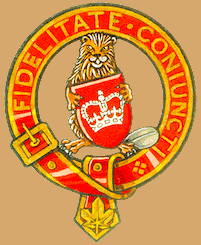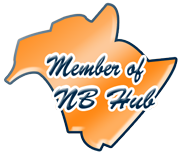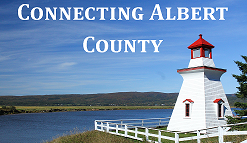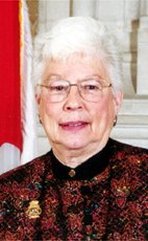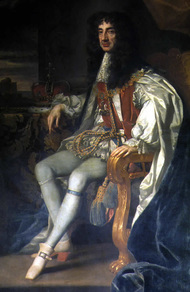 King Charles II
King Charles II recently learned that means today is
Oak Apple Day. This celebration is
little known today but in the 1600s it
was a big deal.
In 1660 the English monarchy was
restored with the return of King
Charles II. The English Parliament
declared that "to be for ever kept as a
day of thanksgiving for our
redemption from tyranny and the
King's return to his Government, he
entering London that day."
when the British Parliament abolished the celebration. I have
not been able to find the reason why they did so.
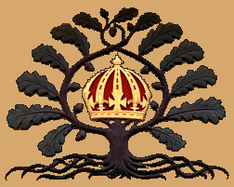 Image Credit: Philip Halling
Image Credit: Philip Halling oak tree Charles hid in while
evading capture by the
Roundheads. 'Oak Apples' are a
form of plant gall and it was
common practice to wear a sprig
of them for the occasion. The
holiday is still celebrated
sporadically in parts of England.
official capacity. Redemption from the tyranny of a republic
is certainly something worth celebrating.
Loyally Yours,
A Kisaragi Colour
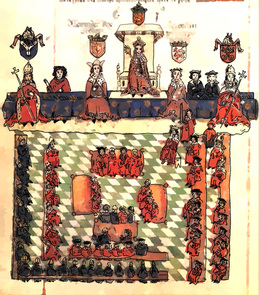
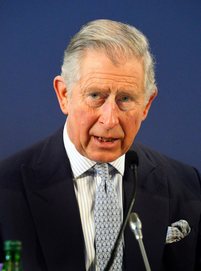
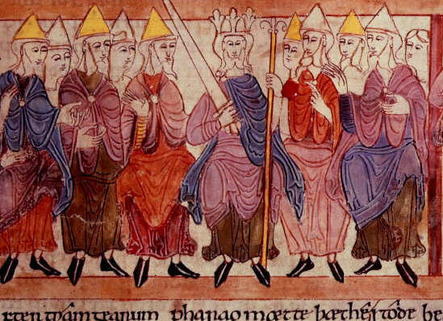
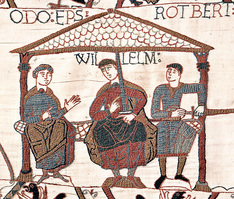
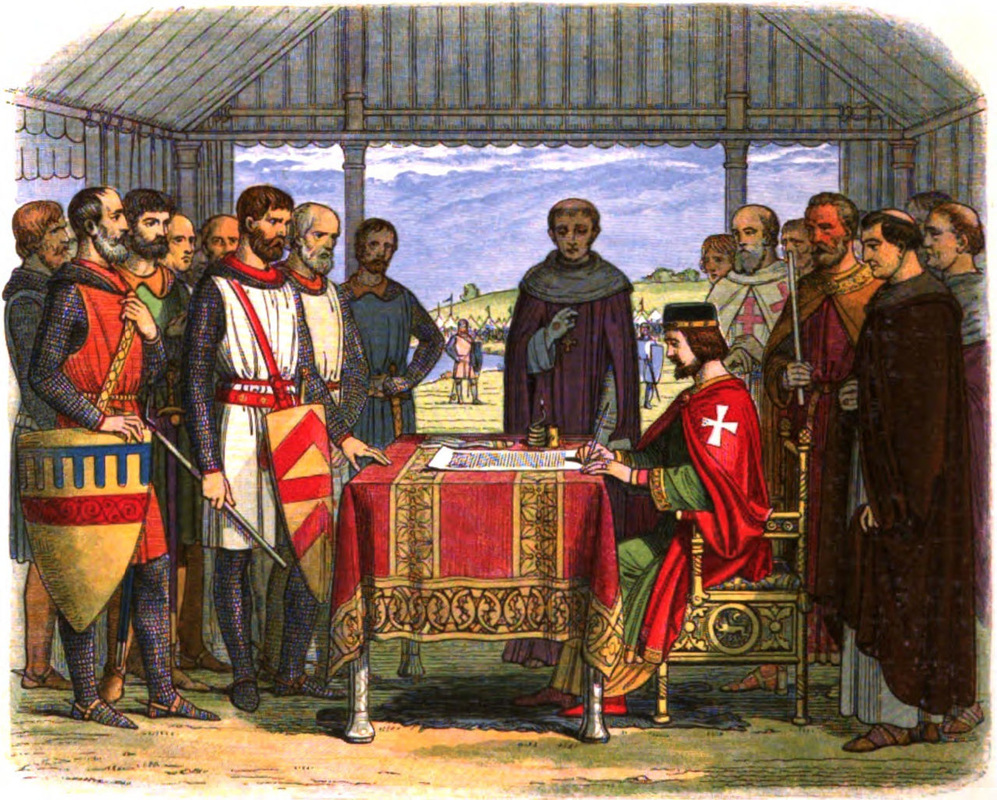
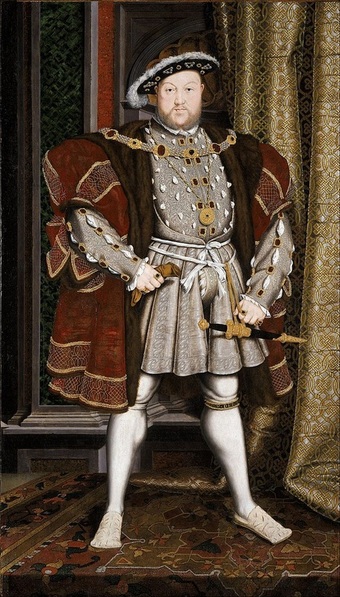

















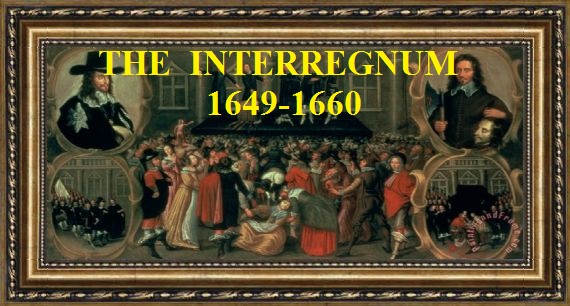

















 RSS Feed
RSS Feed
